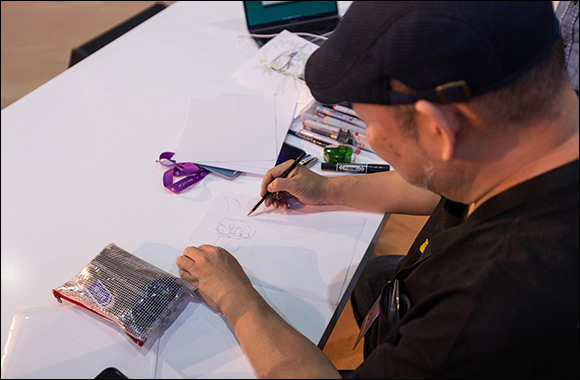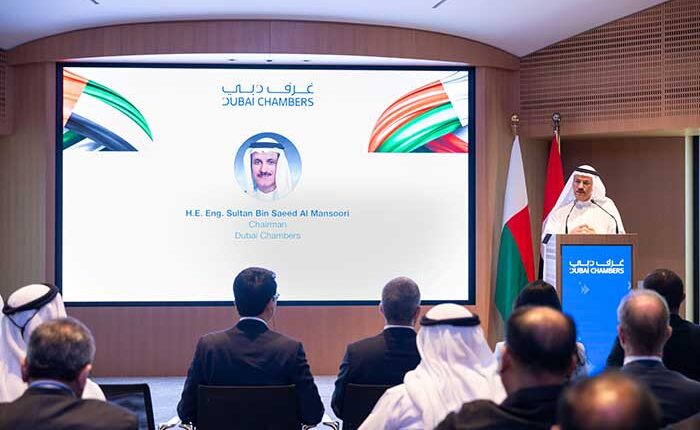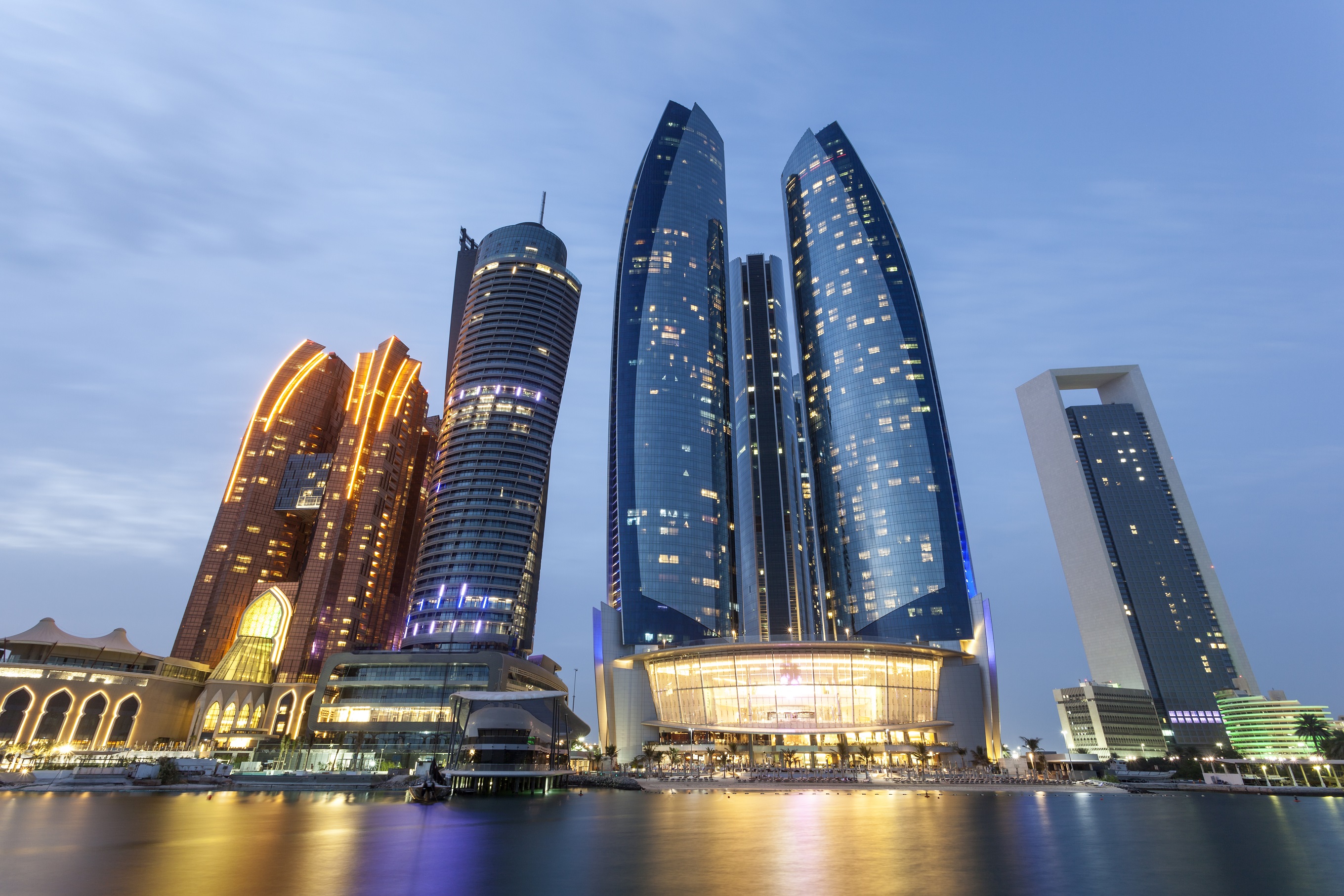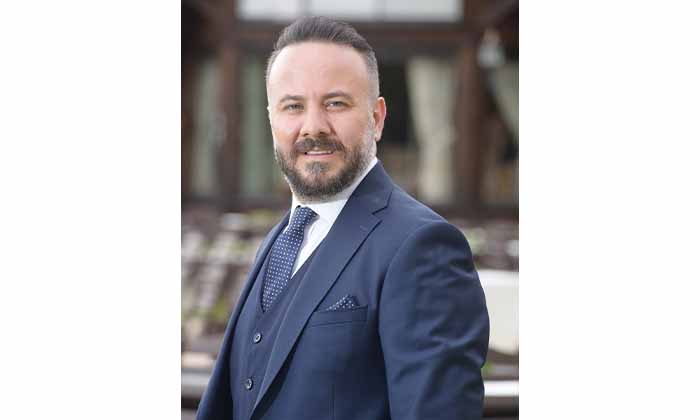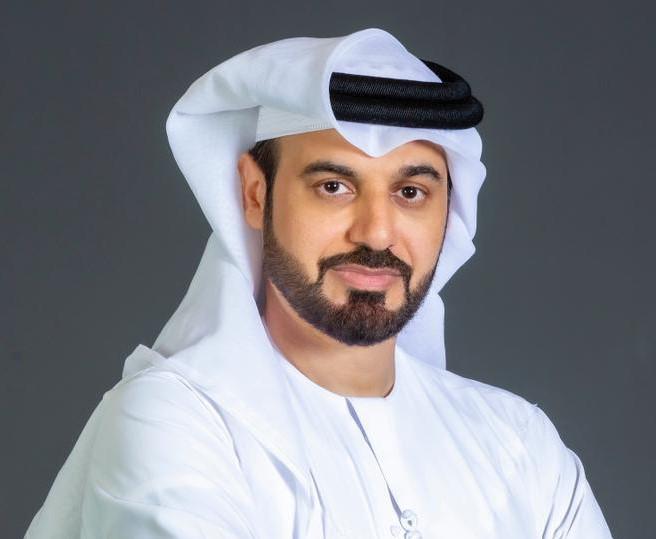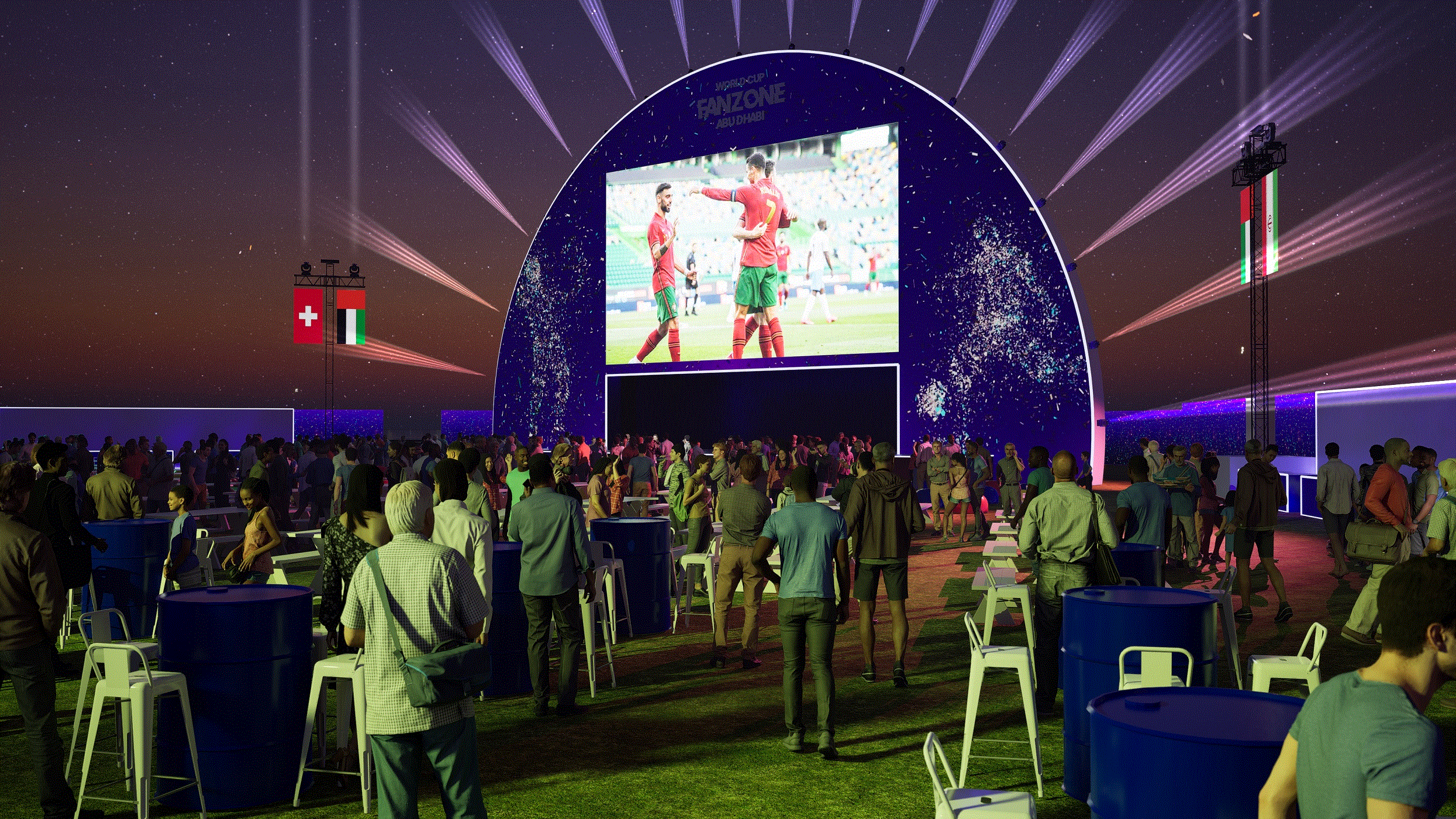The UAE’s passionate creator community got an exclusive peek into Japan’s decades-old obsession with robots, and how they are lovingly depicted as mecha in various anime and manga series, on the final day of the inaugural Sharjah Animation Conference (SAC) on Friday.
Sketching on demand in front of an audience sat in rapt attention, Mamoru Yokota, one of anime industry’s most talented character designers who also worked as animation director animator on anime such as DNA², Death Note, NarutoShippuden and Gatchaman Crowds, helped decode the nuances of drawing robots of different genres and kinds.
“Each joint of a robot is different. You remove a joint and add a part and it gives the robot a whole new character. Whether one robot is more human than the other, male or female, all depends on the story line and how you depict the characterisation,” Yokota said during his hour-long workshop on ‘how to draw mecha super robot and anime style heroes’. “How you draw the face, the head and other parts, what kind of lines you chose – soft or hard – and the angles you pick to depict a character, makes an impact on the final outcome.”
Drawing various shapes and sizes with a pencil on paper, Yokota, who debuted as a character designer on Louie the Rune Soldier, and then drew original character designs for acclaimed series like Magical Kanan and Angelium, also helped the crowd discover little-known secrets behind creating compelling anime-style heroes of different genres.
There are typically two categories of mechas: 'super robots', featuring super-sized, implausible robots, and 'real robots', where robots are governed by realistic physics and technological limitations.“It’s all about their unique design and personality traits. And some are more different to other because of their signature moves and fighting styles, which is also critical to your drawing,” he said while explaining how Mecha series typically cover a wide variety of genres – from action to comedy to drama – that have now expanded into not just other media such as video game adaptations but also, in his words, the global consciousness outside Japan.
When asked what got Yokota into anime, he recalled his early days working at a restaurant: “It all began with curiosity and creativity. I just got fascinated by the different characters on display at the eatery where I worked.”
With years of experience in the anime industry, Yokota has worked on some of the most popular anime series, including Naruto and Boruto.
